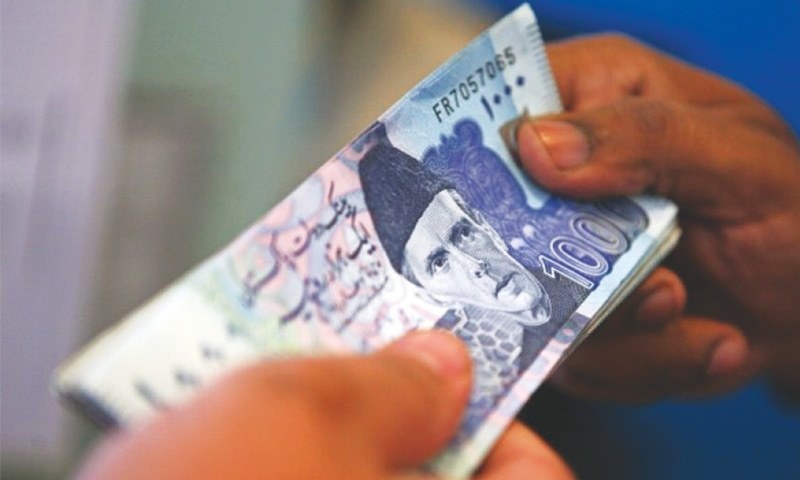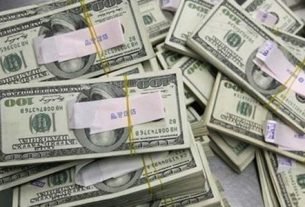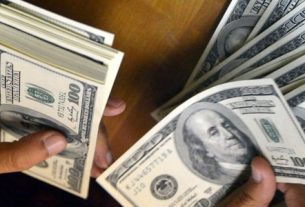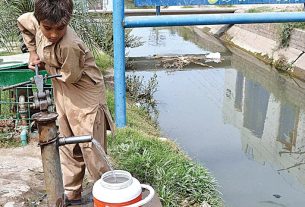KARACHI: Banks have begun accepting almost all of the applications for loans from the private sector — even at lower rates — amid shrinking investment opportunities.
The commercial banks, who usually favour investing in government securities, are reluctant to commit in long-term instruments amid volatile interest rate environment.
The State Bank of Pakistan (SBP) has raised interest rates by 450 basis points since Jan 2018.
On the other hand, the government during the last seven months has become increasingly reliant on the central bank for its borrowing needs. In absolute terms, the government’s net budgetary borrowing from the SBP quadrupled during the July-January period reaching Rs3.77 trillion. A major chunk of these funds, around 80 per cent, have been used to retire government debt from the commercial banks.
As the government moves away from commercial banks for its borrowing needs, the number of applications from private sector has also seen a significant decline during July-September 2018, according to an SBP report.
Despite low volumes, the banks have accepted almost all applications. The average loan size of these applications is also quite large mainly due to the rising input prices, compared to the same period last year.
The state of affairs is such that the banks, in a bid to expand their loan portfolio, have even lent at the Kibor (Karachi Inter-Bank Offered Rate) to some consumers without charging any extra premium.
Subsequently, the credit to private sector has doubled during the last seven months to Rs530 billion from Rs232bn during the corresponding period last year, according to another SBP report.
The rise in private sector credit off take is on account of rising input costs — especially cotton and petroleum — which increased the demand for working capital loans; and a sharp depreciation of rupee, which increased the cost of imported inputs, machinery and equipment.
Borrowing in the textile sector was particularly high, up mainly due to 36pc increase in domestic cotton prices. The rise in cotton prices, which are calculated internationally, is a result of around 25pc depreciation of the rupee.
Since most of the activity in the textile sector was export-centric, around 39pc of the borrowing was met through SBP’s export re-finance schemes in the first three months of the current fiscal year, offered at a subsidised rate of three per cent, highlighted the SBP report.



